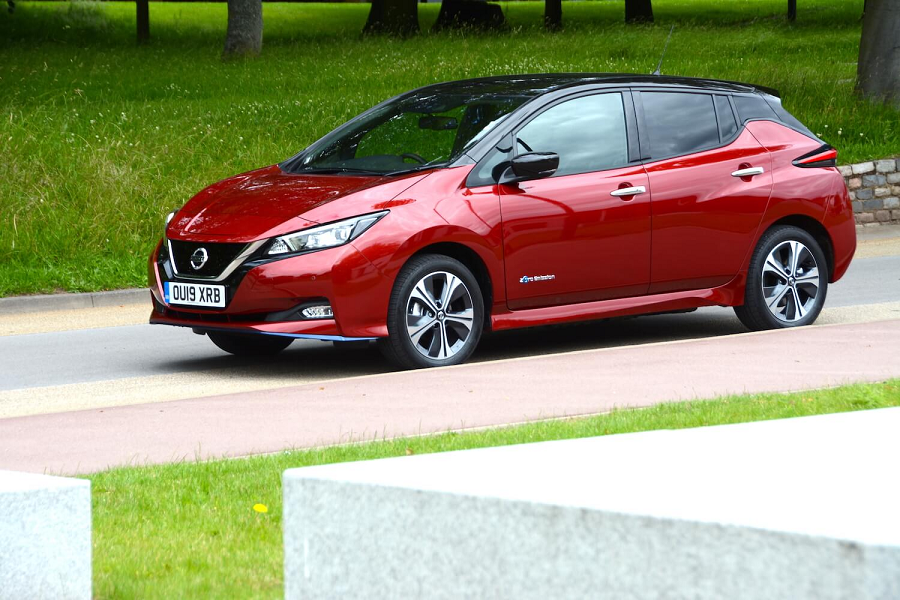Electric Vehicle Basics

There’s a lot to know about electric vehicles beyond ‘don’t use petrol or diesel’. And if you’re thinking of buying your first EV, you’re wondering where to start. There’s so much information to take in, it can leave your head spinning. So, let’s get the most pressing stuff out of the way first and guide you through the basics about electric vehicles and the types you should consider looking out for.
Types of EVs
All Electric Vehicles (AEVs) –
An all-electric vehicle is a vehicle that is powered by one or more electric motors. The electricity that powers the vehicle can be attained by hooking the car up to a charging port based at a vehicle-2-grid system.
The time to charge can take as little as 30 minutes or as long as 12 hours, dependent on how big the battery is, how fast the speeding port works and how long you’re planning to travel. These cars typically cover a range of 80 to 100 miles, although a few higher-end models can cover up to 250 miles.
Although the primary sources of charging involved are either plugging the car into the electrical grid or via a charging port at home, another way of charging the battery is through regenerative braking, where electricity is generated from the energy normally lost when braking the car. A key piece of advice to all readers – if you want the battery to enjoy a longer lifespan, keep your charge port at home fully ventilated to avoid overheating. This is something everyone should know about electric vehicles.
Other types of AEVs include Battery Electric Vehicles (BEVs) and Fuel Cell Electric Vehicles (FCEVs), the main difference being that the latter is on a fuel cell instead of a battery, or sometimes a combination of the two.
Plug-In Hybrid Electric Vehicles (PHEVs) –
A plug-in hybrid electric vehicle relies on both electricity and a fuel-based engine. As such, the range a PHEV can cover on electricity alone is much shorter (6 to 40 miles) and once the electric supply runs dry, like AEVs, PHEVs also rely on regenerative braking as a means of charging.
One type of model for PHEVs is called Extended-Range Electric Vehicles (E-REVs). These cars have been treated by some as the answer to a driver’s ‘range anxiety’, considering many electric cars can come with a limited range. E-REVs can exhaust the electrical supply completely before reverting to the combustion engine as opposed to PHEV models that alternate based on speed and battery charge.
Hopefully, you will have developed a solid notion of electric vehicles. While they all typically come with the chief benefit of being easy on the environment – reducing emissions from the tailpipe compared with other vehicle makes – there are also a few financial benefits you can enjoy; using the grid to charge the battery reduces the cost of fuel and means you don’t have to rely on as much petrol. When it comes to the type of electric vehicle, one of the main deciding factors will probably be the distance you need to travel.
But that, we leave up to you!




